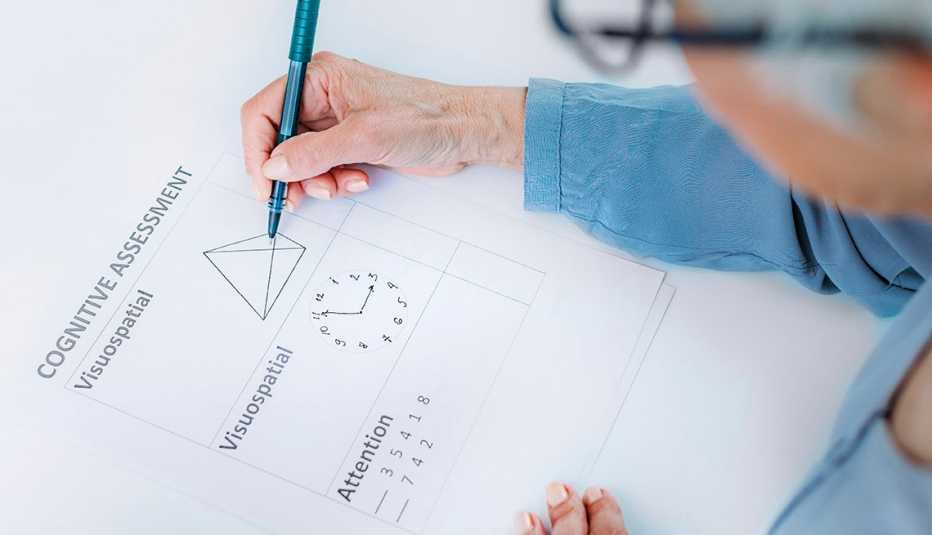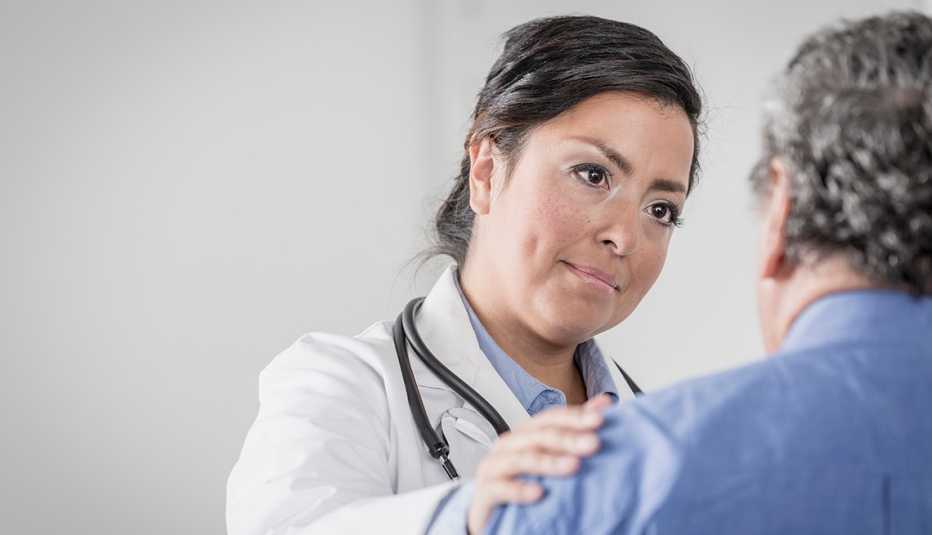Staying Fit
Latinos, the fastest-growing group of older adults in the United States, are one and a half times more likely than non-Latino whites to develop Alzheimer’s disease or another dementia, according to the Alzheimer’s Association.
To explain the disparity, researchers point to socioeconomic factors, limited access to high-quality care and a higher incidence of health conditions such as high blood pressure, type 2 diabetes and heart disease.


AARP Membership— $12 for your first year when you sign up for Automatic Renewal
Get instant access to members-only products and hundreds of discounts, a free second membership, and a subscription to AARP the Magazine.
Yet despite having a higher rate of Alzheimer’s, Latinos are also more likely to have a delayed or missed diagnosis, according to an analysis published in in August 2021.
That’s significant, experts say, because detecting the disease early can lead to better treatment options and more time to prepare for the future.
“Early detection is critical,” says Jacobo Mintzer, M.D., a staff physician and principal investigator of Alzheimer’s disease research at the Ralph H. Johnson VA Medical Center in South Carolina. “We know that changes in lifestyle can substantially reduce your chance of progression of the disease. There are also a number of new compounds in the pipeline that will likely work best in the early stages of the disease.”
Cultural and structural barriers
A variety of structural and cultural factors are keeping Hispanic Americans from being diagnosed sooner, experts say.


In the Hispanic community, as in many other groups, there is a deep stigma around Alzheimer’s, with many people not wanting to acknowledge a problem. About 20 percent of Latinos say they would feel insulted if a doctor suggested a cognitive assessment, compared to 10 percent of non-Hispanic white Americans, according to the Alzheimer’s Association.
Because Latino cultures value respect for the elderly, some may feel it’s disrespectful to question an older adult’s actions when they start to show signs of impairment.
In addition, there is a widespread belief in the Hispanic community that memory problems are just a normal part of aging.
Structural barriers built into the American health care system also make it harder for Hispanics to get a diagnosis. Patients may not have the time to take off work to go to the doctor. They might lack transportation. Or they may not have health insurance.
“I hear things like ‘I can’t take the day off,’ ‘It’s going to be too expensive’ or ‘The waiting is so long,’ ” says Elizabeth Muñoz, an assistant professor at the University of Texas at Austin who researches predictors of adult cognitive health.
Once a Latino patient connects with a health care provider, other problems can arise. There can be language barriers, a lack of staff available who know how to diagnose dementia, and a general distrust of the health care system, says Maria Mora Pinzon, a preventive medicine physician and scientist with the Wisconsin Alzheimer’s Institute at the University of Wisconsin-Madison.
One-third of Hispanic Americans report that they have experienced discrimination when seeking health care, according to surveys conducted by the Alzheimer’s Association.








































































